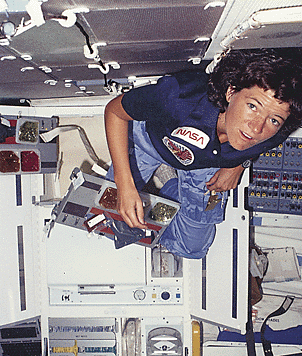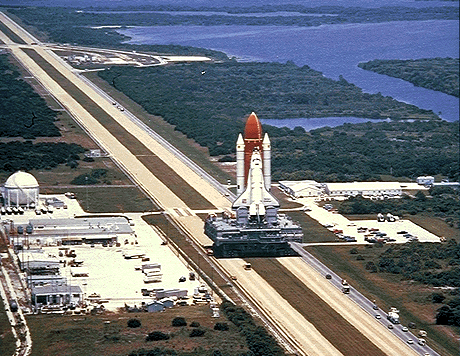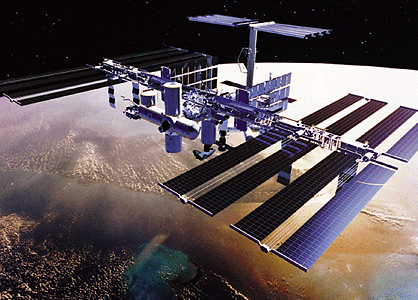Astronaut Sally Ride Dies
Tuesday, July 24th, 2012July 24, 2012
United States astronaut Sally Ride died on July 23 at the age of 61. Ride was the first American woman–and, at the age of 32, the youngest American–to fly in space. Her flight aboard the space shuttle Challenger in 1983 inspired many young women to pursue careers in science, mathematics, and technology at a time when men still overwhelmingly dominated those fields.
Sally Kristen Ride was born on May 26, 1951, in Los Angeles. She studied at Stanford University, where she earned bachelor’s degrees in English and physics in 1973, a master’s degree in physics in 1975, and a Ph.D. in astrophysics in 1978. During her time at Stanford, Ride became a nationally ranked tennis player and briefly considered a career as a professional. However, she instead answered a job advertisement posted by the U.S. National Aeronautics and Space Administration (NASA) and was accepted as an astronaut candidate in January 1978. By that time, the Soviet Union had already sent a woman into space. Cosmonaut Valentina Tereshkova orbited Earth 48 times in 1963.

Sally K. Ride became the first U.S. woman in space on June 18, 1983. In this photograph, Ride eats a meal on the shuttle Challenger during her second shuttle flight in October 1984. (courtesy of NASA)
In her early years at NASA, Ride studied engineering and contributed to the development of a robotic arm for the space shuttle. That work, in part, brought her to the attention of Captain Robert L. Crippen, who chose her to serve as a mission specialist aboard the Challenger mission he commanded in 1983. A crowd of some 250,000 people at the Kennedy Space Center in Cape Canaveral, Florida, chanted “Ride, Sally Ride” as the shuttle took off on June 18. During the nearly six-day mission, Ride used the robotic arm to deploy and retrieve a satellite. She flew a second mission aboard Challenger in 1984 and was slated to fly a third. However, when Challenger exploded shortly after liftoff in January 1986, future flights were suspended, and Ride retired from NASA in 1987. Then-President Ronald Reagan appointed her to serve on the commission investigating the tragedy, in which seven crew members were killed. Ride later also served on the federal panel investigating the second shuttle disaster–the disintegration of Columbia in February 2003 as it reentered the atmosphere after a mission. All seven crew members aboard were killed.
In 1989, Ride became a professor of physics at the University of California, San Diego, and director of the California Space Institute. In 2001, she founded a company called Sally Ride Science that creates science programs for upper elementary and middle school students, their teachers, and their parents. According to Ride, she wanted to “make science and engineering cool again.”
Upon hearing of her death, President Barack Obama called Ride “a national hero and a powerful role model.” But perhaps Gloria Steinem, co-founder of Ms. magazine and a leading supporter of the women’s liberation movement in the United States, best captured the impact of Ride’s achievement when she said in 1983, “Millions of little girls are going to sit by their television sets and see they can be astronauts, heroes, explorers, and scientists.”
Additional World Book articles:
- Space exploration 1983 (Back in Time article)
- Space exploration 1984 (Back in Time article)




